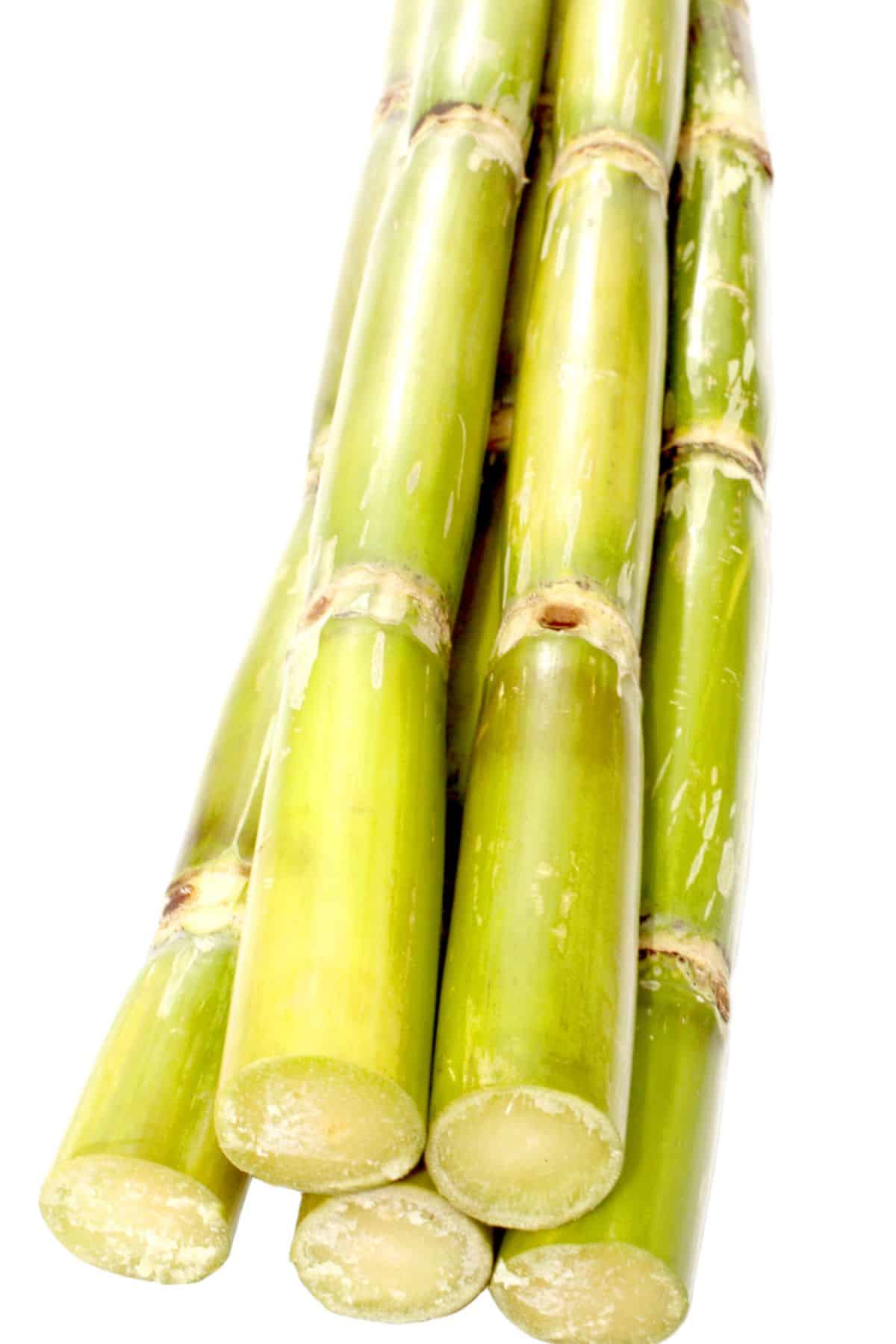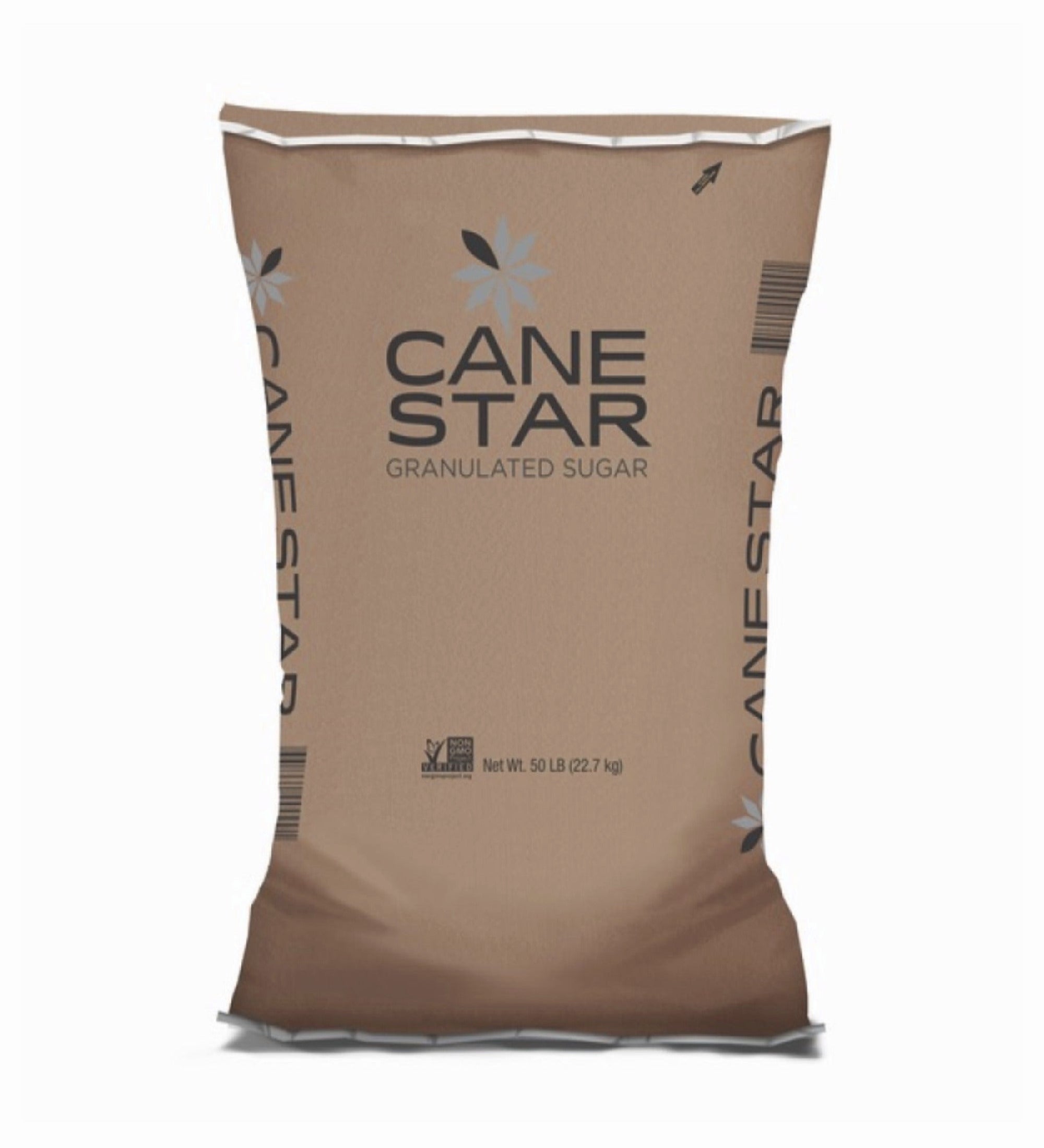Recognizing Cane Sugar Processing: A Comprehensive Review of the Stages
Recognizing Cane Sugar Processing: A Comprehensive Review of the Stages
Blog Article
An Extensive Overview to the Ecological Effect and Sustainability Practices in Walking Cane Sugar Handling
The ecological effect of cane sugar handling offers a complicated variety of challenges that warrant mindful assessment. From soil destruction and extreme water usage to the carbon impact connected with cultivation and manufacturing, the consequences of traditional methods are far-reaching. What details methods can be implemented to strike an equilibrium between performance and environmental stewardship?
Review of Walking Stick Sugar Handling
Walking stick sugar handling includes a collection of systematic actions that transform sugarcane right into refined sugar. At first, collected sugarcane is delivered to processing centers, where it undertakes cleaning up to get rid of soil and particles. Following this, the cane is crushed to remove juice, which is then cleared up by getting rid of impurities via heating and the addition of lime.
The made clear juice undertakes evaporation, where water is removed to concentrate the sugar material. These crystals are divided from the continuing to be syrup making use of centrifugation, resulting in raw sugar.
The end product is then dried and packaged for distribution. Throughout this entire process, preserving effectiveness and top quality control is important to guarantee the sugar satisfies market requirements. Each action in walking cane sugar handling not just adds to the last item however likewise has ramifications for source usage and waste generation, establishing the phase for conversations on sustainability and ecological influences linked with sugar manufacturing.
Ecological Difficulties of Manufacturing
The manufacturing of walking stick sugar provides a number of significant environmental challenges that warrant interest. One primary issue is the substantial use agrochemicals, consisting of chemicals and plant foods, which can lead to soil deterioration, biodiversity loss, and contamination of neighborhood water sources. The drainage from sugarcane fields frequently carries these chemicals right into nearby ecological communities, interrupting aquatic life and impacting the health and wellness of neighborhoods reliant on these water bodies.
One more challenge is the high power usage related to sugarcane handling. The boiling and refining phases require significant warm, mainly generated by melting nonrenewable fuel sources, contributing to greenhouse gas exhausts. Furthermore, the large land location required for sugarcane farming can result in deforestation and environment destruction, more intensifying environment modification and threatening wild animals.
Furthermore, the labor techniques in some regions raise honest concerns, as employees may deal with poor working problems and inadequate incomes. This circumstance often continues a cycle of poverty in local areas. Cane Sugar Processing. Addressing these ecological challenges is vital for developing a lot more lasting practices in walking stick sugar manufacturing, ultimately profiting both the setting and the communities entailed in this industry
Water and Land Use Effect
Water sources and land utilization are important parts in the cane sugar market that significantly impact the atmosphere. The farming of sugarcane requires substantial water input, with quotes recommending that it can eat up to 2,000 liters of water per kg of sugar generated. This extensive use water typically brings about depletion of local water resources, impacting not just the sugarcane haciendas yet also surrounding communities and neighborhoods that rely upon the very same water resources for agriculture and domestic use.

Furthermore, land usage for sugarcane growing can bring about deforestation and the conversion of all-natural habitats right into monoculture ranches. This technique decreases biodiversity, interferes with local ecological communities, and adds to dirt destruction. The expansion of sugarcane areas often intrudes on valuable agricultural land, producing competitors for resources between food and biofuel manufacturing.
Lasting practices, such as enhancing watering strategies and executing crop turning, are necessary to reduce these influences. By taking on more effective water use and land monitoring approaches, the cane sugar market can minimize its eco-friendly impact, guaranteeing a balance between agricultural efficiency and ecological conservation.
Greenhouse Gas Emissions
Greenhouse gas exhausts stand for a significant environmental issue within the walking stick sugar handling sector, particularly as agricultural practices expand to meet global demand. The cultivation of sugarcane, a crop that flourishes in tropical environments, counts greatly on artificial plant foods and chemicals, which add to laughing gas discharges. Furthermore, land-use modifications, including deforestation for new sugarcane plantations, launch co2 saved in plants and dirt.
During processing, power usage is one more major resource of greenhouse gas discharges - Cane Sugar Processing. Numerous sugar mills make use of nonrenewable fuel sources to power machinery and generate warmth, leading to considerable carbon impacts. Moreover, the transportation of raw sugarcane and ended up items adds layers of exhausts with fuel burning in cars
The collective impact of these emissions aggravates environment change, posturing dangers not only to the setting however also to the lasting feasibility of the industry. Stakeholders have to acknowledge the urgent demand for extensive strategies that resolve these exhausts. This involves examining current farming techniques, processing techniques, and transport systems to determine locations for improvement and mitigation. Addressing greenhouse gas discharges is essential for promoting an extra sustainable walking stick sugar sector in a changing climate.

Sustainable Practices and Innovations
Lasting methods and developments are significantly crucial in the cane sugar handling industry as stakeholders look for to reduce ecological impacts while keeping productivity. web link One substantial development is the implementation of integrated plant management, which maximizes resource usage by combining soil monitoring, insect control, and plant rotation methods. This approach improves return while minimizing chemical inputs and protecting dirt health and wellness.
In addition, the adoption of sustainable power sources, such as biomass from sugarcane deposits, has acquired grip - Cane Sugar Processing. By converting waste items right into energy, processing centers can reduce their reliance on fossil gas, therefore lowering greenhouse gas discharges
Water monitoring techniques have likewise seen renovations via the recycling and reusing of water in processing plants, considerably lowering freshwater intake. Innovations in innovation, such as accuracy farming, make it possible for farmers to monitor crop health and resource usage better, ensuring sustainable cultivation practices.
Additionally, accreditation programs like Fair Profession and Jungle Partnership motivate eco liable farming techniques and advertise social equity within the supply chain. By welcoming these lasting techniques and technologies, the walking cane sugar handling sector can boost its strength and add favorably to environmental stewardship.
Final Thought
The environmental impact of cane sugar processing offers substantial obstacles, consisting of soil degradation, high water intake, and greenhouse gas exhausts, together with moral worries associated with labor methods. Addressing these concerns with lasting methods, such as incorporated plant monitoring, renewable resource adoption, and water recycling, is important. By promoting environmentally liable and socially equitable methods in sugar manufacturing, the sector can reduce its adverse results, making sure a much more lasting future for both ecological communities and neighborhoods associated with this industry.
Walking cane sugar handling involves a collection of systematic actions that transform sugarcane right into refined sugar. Each action in walking stick sugar handling not only adds to the final item but additionally has implications for source use and waste generation, establishing the stage for conversations on sustainability and environmental effects associated with sugar production.
Greenhouse gas exhausts represent a substantial environmental problem within the walking stick sugar handling industry, specifically as agricultural methods increase to meet international demand.Lasting techniques and advancements are increasingly important in the walking cane sugar processing market as stakeholders look for to minimize ecological effects while keeping performance.The environmental impact of walking stick sugar link handling presents considerable difficulties, consisting of dirt degradation, high water usage, and greenhouse gas exhausts, alongside address ethical worries connected to labor techniques.
Report this page